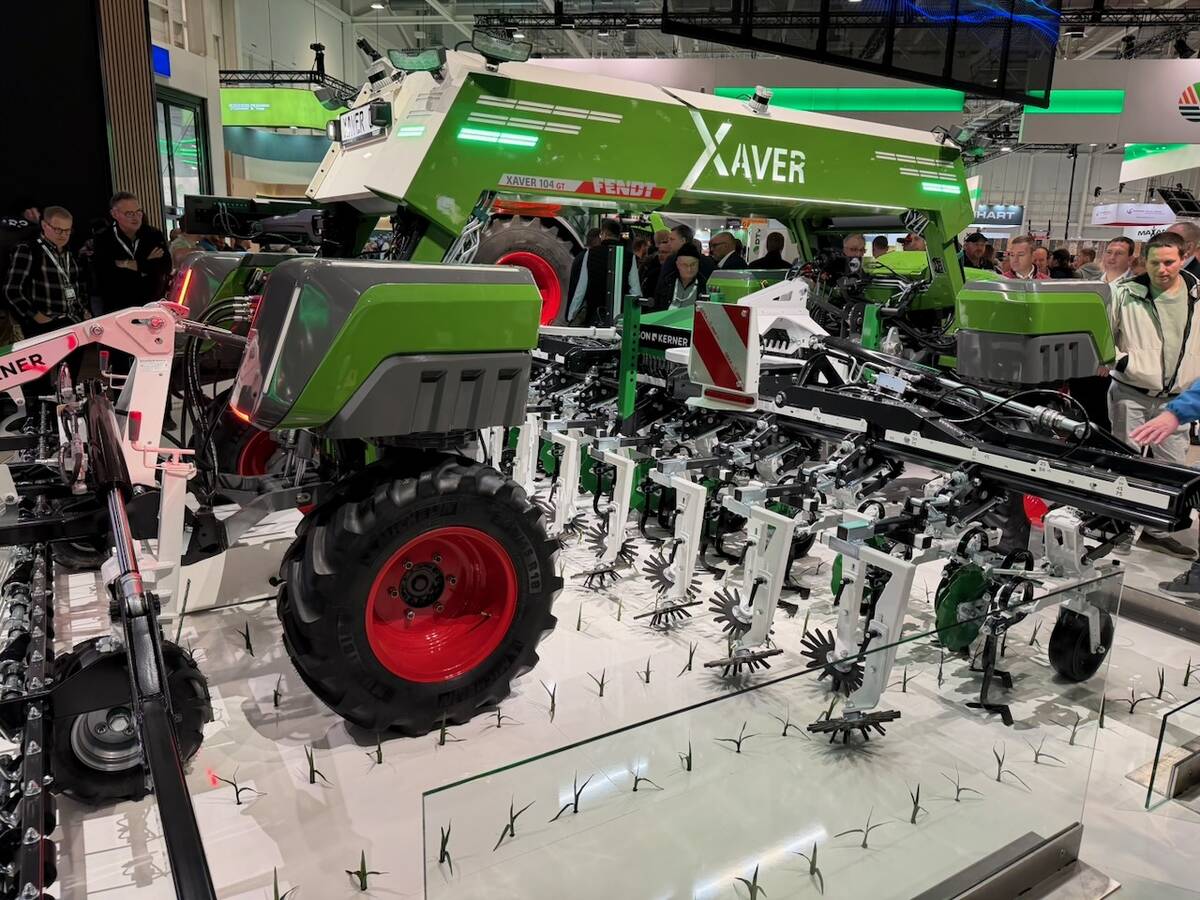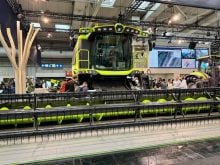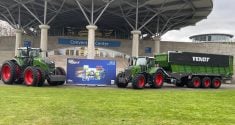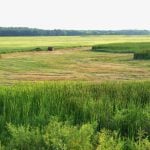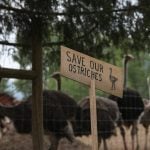John Greig, senior editor for Technology, Livestock and Ontario with Glacier FarmMedia was at Agritechnica in Germany this week. Here are some of his observations from the show:
So many autonomous options
Two years ago at Agritechnica, there were a handful of autonomous robots and power units. They were one of the most-talked-about parts of the show.
Read Also
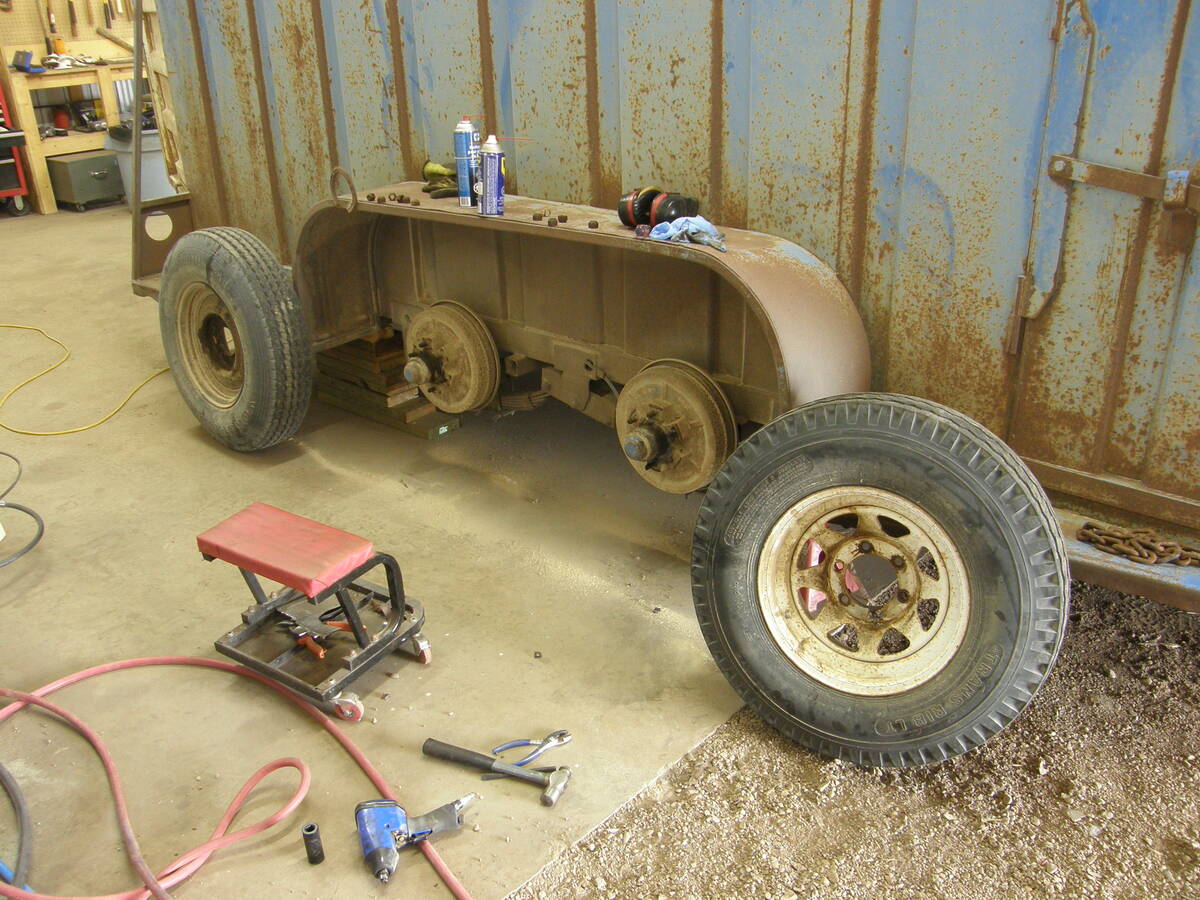
How to overhaul electric trailer brakes
Let’s look at what you’ll find when you pull the wheel hubs off your livestock trailer, and what you need to consider to keep those electrical brakes in good working condition.
In 2025, I counted 29 different units that ranged from small soil sampling or yard care robots, to the full-sized tractor-type units with over 200 horsepower.
CNH, John Deere, Claas, Agco and Kubota all showed mature autonomy systems, both newly designed units without cabs, and autonomy retrofit options for tractors with cabs.
CNH debuted a concept autonomous robot called the R4. It’s a diesel-electric hybrid that also has a three-point hitch to attach implements for tillage and spraying. It’s designed for use in orchards and vineyards. While just a concept for now, Luca Ferrari, global manager of robotics for CNH, estimated that it could come to market in the next five years.
Agco’s Fendt brand showed off its Xaver autonomous unit, which looks nothing like the company’s tractors, but can handle tillage jobs.
Small-scale tillage and weeding are the most common use of autonomy as companies have built integrated systems that address labour shortages and the need to reduce the use of herbicides.
Most of the autonomous units won’t make it to the market, especially because the major players in the equipment business all have advanced autonomy hardware and software. They’ll have the scale to produce and the network to market them. There’s also the question of just how many farmers will adopt autonomous solutions in the near term.
Where some of them will survive is when the autonomy is part of the entire product and an integrated autonomous solution is part of the value proposition.
It is exciting to the proliferation of ideas and invention that’s bringing so much autonomy to the marketplace. We will learn from many of them, even if they don’t make it to the market.
Nexat targets Canada
Nexat, the giant one-carrier vehicle for all crop needs, is eagerly looking to build its market in Canada.
Robert Krause, head of marketing for Nexat, says the company is creating parts and service infrastructure around Regina, Sask., as it believes the Prairie grain production system, with wide open fields, is ideal for the Nexat.
Krause said the system makes sense for farms with about 4,000 acres.
The carrier unit can be fitting with a seed drill, sprayer, fertilizer and harvest units.
At Agritechnica, Krause pointed out the Canadian partners with implements attached to the two Nexat carrier units on site. They included K-Hart drill row units and a MacDon header on the giant combine harvester unit.
Krause said Nexat is pushing the boundaries of seeder width on the unit and hopes to get to 29 metres or about 90 feet, making it more competitive with Prairie air seeder widths.
Steel and aluminum tariffs a disruptor
A panel at Agritechnica heard about the amount of challenge and confusion the United States’ unpredictable tariffs are causing.
Janine Pelikan, who works with the Thunen Institut für Marktanalyse, an analysis organization that operates at arm’s length from government, Régis Legendre, owner of Lucas G and Donna Boyd, CEO of the Agricultural Manufacturers of Canada, were on the panel, moderated by Guido Honer, of Landwirtschaftsverlag.
Legendre lauded how easy it is to do business with Canada. Indeed, the head of the family-owned manufacturer of livestock feeding systems, recently moved to Toronto to oversee the company’s expansion into North America.
The tariffs on steel are having more of an impact than their 25 per cent of 50 per cent. It’s almost impossible to determine what that tariff rate should be based on a large piece of equipment with thousands of metal components. Is the tariff on raw steel? Is it on the value-added manufactured steel parts? Or is it on the whole product? There appears to be few answers from the American side.
Numerous companies are just avoiding the American market for now. Krone, which makes large and complex forage harvesters recently announced it wouldn’t be sending its machines to the U.S. due to the complexity of managing the tariffs.
Legendre said Lucas G has received some interest from the U.S., but it will concentrate on the Canadian market in the near term, where it has seen an increase in sales since it arrived about two years ago.
“It’s easy to work with Canada,” he said. “It’s tough to work with the U.S.A.”
Legendre pointed out the increasing volume of trade between Canada and France, but also called for France to ratify the Comprehensive Economic and Trade Agreement (CETA) the trade deal between Europe and Canada.
Boyd pointed out that 10 of 27 countries still haven’t ratified the agreement.
Find all of our coverage of Agritechnica here.




